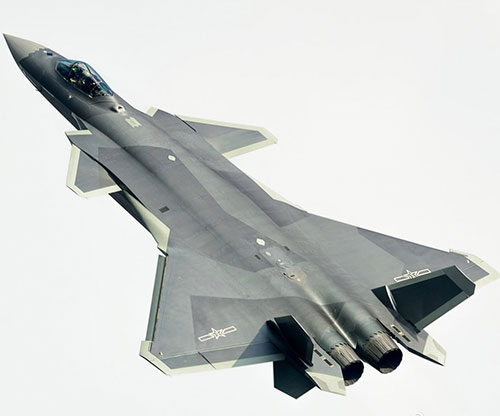China will spend 7.1% more on defense this year, outpacing last year’s hike and the government’s modest economic growth forecast as Premier Li Keqiang seeks to safeguard the country’s sovereignty, security and development interests.
Li pledged to enhance military training and combat readiness for the People’s Liberation Army, which is developing an array of weapons from stealth fighters to aircraft carriers.
The spending figure, set at 1.45 trillion yuan ($229.47 billion) in the national budget released Saturday, is closely watched by China’s neighbors and in Washington as a barometer of how aggressively the country will beef up its military.
This year’s 7.1% hike marks the seventh consecutive single-digit increase, but is the fastest pace since the 7.5% proposed for 2019.
It also comes in above targeted slower economic growth of around 5.5% amid domestic headwinds for the world's second largest economy, including a downturn in the country’s vast real estate sector and lackluster consumption.
China is nervous about challenges on several fronts, ranging from Chinese-claimed Taiwan to U.S. naval and air missions in the disputed South China Sea near Chinese-occupied islands and a festering border dispute with India.
Li, in his state-of-the-nation address to the largely rubber-stamp legislature, said this year the government would move faster to modernize the military’s logistics and asset management systems, and build a modern weaponry and equipment management system.
“We will continue the reform of national defense and the military and step up innovations in defense science and technology,” he added.
‘Government at all levels must give strong support to the development of national defense and the armed forces, so unity between the military and government and between the military and the people will remain rock solid,” he stressed.
The budget gives only a raw figure for military expenditure, with no breakdown. Many diplomats and foreign experts believe Beijing under-reports the real number.
China’s reported defense budget in 2022 is less than a third of proposed U.S. spending.


















